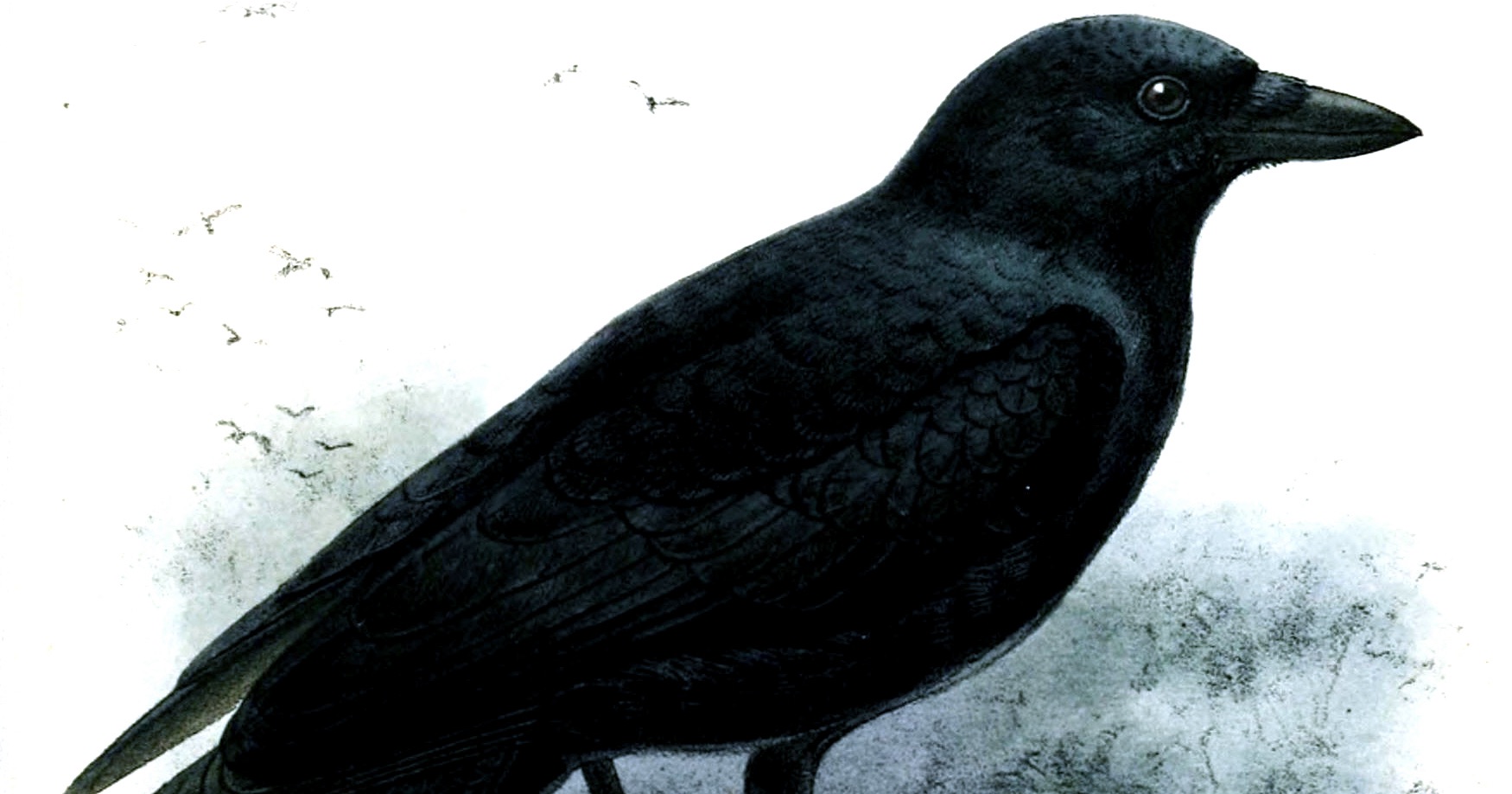 Intelligent Design
Intelligent Design
 Neuroscience & Mind
Neuroscience & Mind
The Remarkable Things We’re Learning About Bird Intelligence

At one time, there was an assumption — not really a theory — that vertebrates would be more intelligent than invertebrates and mammals would be more intelligent than birds. Well along came the octopus, which turns out to be as intelligent as a typical mammal. And the New Caledonian crow, which can be as smart as an ape. These life forms have significantly different brains from each other so intelligence does not appear to reside in a specific organization of the brain.
While researchers puzzle that out, let’s look at some recent findings as to what the bird (avian) brain can do. We are looking at behaviors that probably require some individual intelligence, not just an inherited program:
- Cockatoos can use tools like apes:
In their experiment, the team devised a game of golf for one species of bird, the Goffin’s cockatoo, which is known for its problem solving skills and its ability to use single tools such as sticks to open up nut and seed shells.
The birds had to manipulate a ball through a hole into a closed box, and then use a stick to push the ball to one side of the box where it triggers a trapdoor mechanism. This in turn releases a cashew nut for the bird.
Three of the cockatoos figured out how to use the stick to manoeuvre the ball into the right position to release the treat — showing a high level of tool innovation.
UNIVERSITY OF BIRMINGHAM, “GOLFING COCKATOOS REVEAL ABILITY TO USE COMBINED TOOLS” AT SCIENCE DAILY (FEBRUARY 8, 2022); THE PAPER IS OPEN ACCESS.
Goffin’s cockatoos also whittle tree branches into knife and spoon-like utensils for piercing fruit stones. That’s all the more remarkable when we consider that chimpanzees in another study could not figure that out.
- African grey parrots have been observed to share tokens — given to them by humans — that they associated with a treat (walnuts) with other parrots by way of exchange or just helpfulness:
Parrots, it seems, don’t just have the ability to comprehend metal rings as currency for food, but they also “understand the consequences their actions can have on another individual,” says Christina Riehl, an expert in bird behavior at Princeton University who wasn’t involved in the research. “That’s pretty sophisticated reasoning.”
KATHERINE J. WU, “PARROTS WILL SHARE CURRENCY TO HELP THEIR PALS PURCHASE FOOD” AT SMITHSONIAN MAGAZINE (JANUARY 9, 2020); THE PAPER IS OPEN ACCESS.
Is this an instance of abstract comprehension of the concept of currency? It’s more likely a learned series of steps: Give a token, get a walnut. Or anyway, get social interaction with a neighbor. But it’s pretty complex anyway. And, the researchers say, blue-headed macaws couldn’t — or anyway didn’t — do it.
One African grey parrot, Alex (1976–2007), became famous for his ability to learn words after intense training.
Read the rest at Mind Matters News, published by Discovery Institute’s Bradley Center for Natural and Artificial Intelligence.
